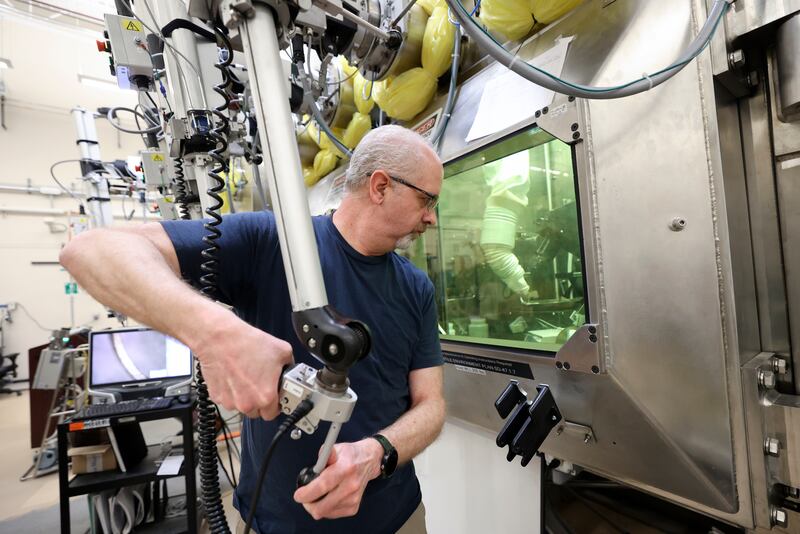Facing political pressure and stringent new regulations for aging coal-fired power plants, many utility companies around the country are looking at the future with a new set of glasses that demands an alternative that will provide reliable, recurring power to the electrical grid.
Enter small nuclear reactors under development to provide base-load, carbon-free emissions to fill the gaps where intermittent renewable energy like wind and solar cannot.
In the West, Wyoming is pursuing TerraPower’s Natrium reactor for a site at a retiring coal plant in Kemmerer, supported by funding from the U.S. Department of Energy to demonstrate the technology of an advanced reactor. The Natrium technology is a 345- megawatt sodium fast reactor with molten salt energy storage.
These are not your grandparents’ nuclear reactors. They occupy a much smaller footprint, can ramp up quickly or shut down with speed and use passive cooling systems. In addition, they are far less vulnerable to natural events like earthquakes or other disasters, according to the DOE.
Bill Gates, co-founder of Microsoft and the founder and chairman of TerraPower, is pursuing deployment of at least five more Natrium reactors in the West by 2035, including Utah.
PacifiCorp signed a memorandum of understanding exploring the placement of the Natrium reactors at the Hunter and Huntington coal-fired plants in Emery County, Utah, which was recently unveiled in its proposed long-range plans.
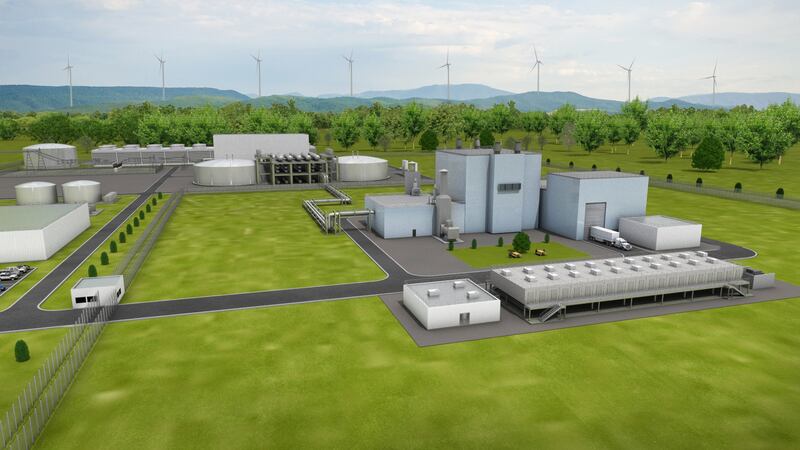
TerraPower with GE-Hitachi is on a fast track to get these reactors in place and providing power, particularly at its demonstration project in Wyoming. The company announced that it had raised over $830 million in private funding in 2022, and Congress appropriated over $1.6 billion for the Natrium project. The government is expected to fund half of the total project’s cost of $4 billion.
One hiccup is that Russia is the only commercial provider of the necessary fuel, called HALEU, or low-enriched uranium, and the war in Ukraine disrupted that supply. It cannot be easily overcome, resulting in a delay for Natrium by as much as two years in Wyoming. The federal government is working to find alternative sources.
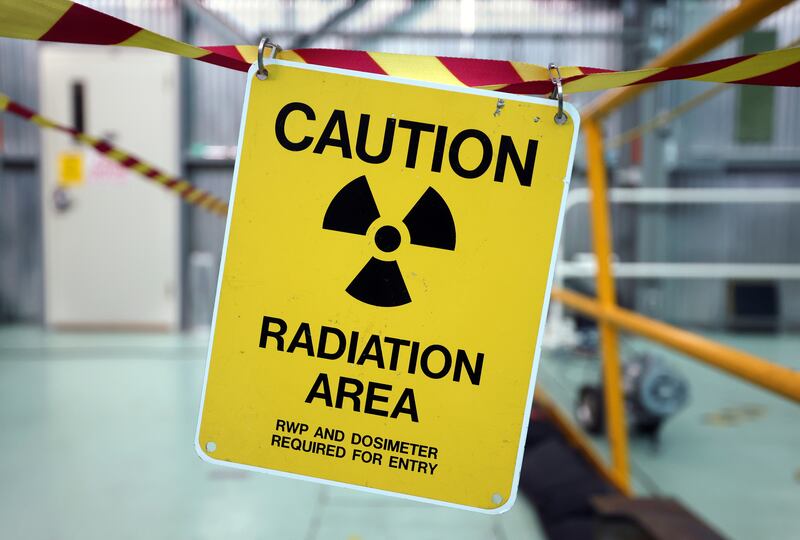
What is a suitable location for coal to nuclear?
After screening recently retired and active coal plant sites, a study by the U.S. Department of Energy involving the national labs identified 157 retired coal plant sites and 237 operating coal plants sites as potential candidates for the coal to nuclear transition.
“You can see that there’s tremendous potential across the country for citing nuclear reactors. At coal power plant sites, somewhere on the order of 250 gigawatts of coal capacity is suitable for converting to capacity for nuclear, at least according to the siting analysis that we that we went through,” said Jason Hansen, a senior economist with Idaho National Labs’ integrated energy and market analysis team.
The study included a multifactored analysis that discarded coal plants retired 10 years or longer and looked at existing infrastructure like transmission lines, environmental implications such as proximity to cultural or national historic sites, community interest and a coal plant workforce that could be easily trained up and assimilated in the transition.
Christine King, the DOE’s director of the Gateway for Accelerated Innovation in Nuclear, or GAIN, said the research showed that the most valuable connection in the site analysis was connection to the grid, the transmission, existing substations and even the administration buildings.
“What gets more complicated is if you start to think about what advanced nuclear opens up is the idea to consider coupling directly to the steam cycle equipment. And that’s, you know, one of the things about generating electricity with gas and with coal and with nuclear is we’re all just boiling water to turn a turbine, which turns the generator which puts electrons out on the grid.”
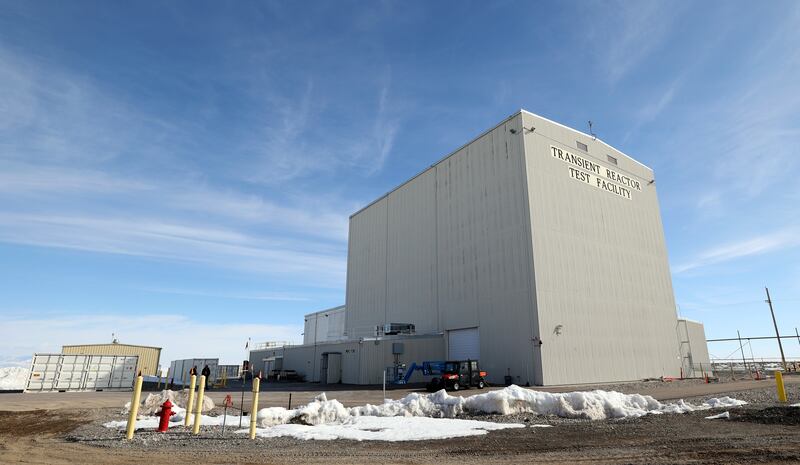
Economic impacts and cleaner air?
Hansen said the coal to nuclear transition is a positive for hosting communities, with an all nuclear scenario netting 650 new jobs with the closure of a 1,200-megawatt coal-fired plant on top of the existing workforce that could be transitioned.
“And (those) 650 jobs are distributed between some of those that are located at the nuclear plant. Some of those are located in the supply chain, and some of those are located in the in the local surrounding community that supports the plant,” he said. “That turns into about $100 million dollars in new wages in people’s pockets for stimulating the economy in that region.”
According to a news story by WyoFile, Kemmerer, Wyoming, is a tiny boom and bust town of 2,800 people, many of whom were packing up boxes, selling houses and businesses after the announcement of the planned retirement of PacifiCorp’s Naughton coal-fired power plant. When Natrium rolls in, it needs to support an additional workforce of 2,000 people during the construction phase.
Coal dependent communities have been struggling for years with the accelerated retirement of power plants and shuttered coal mines due to economics, emissions and dwindling resources.
Bill Price, a Kemmerer City Council member, said the plans for the Natrium reactor in their backyard was a dose of badly needed medicine.
He says the town will still hang on to coal harvested from a nearby mine to repurpose into other uses: carbon fiber and even fertilizer.
“Between the Natrium and the coal, we are hoping the town gets a shot in the arm,” he said.
Brian Muir, Kemmerer’s city administrator, said the community and government leaders are strongly in support of the TerraPower nuclear project.
“We are embracing nuclear in our community,” he said. “We would be in a big world of hurt if we did not have this plant.”
He said Kemmerer competed vigorously against three other Wyoming communities to get TerraPower to locate there.
A November 2021 survey the city conducted showed 78% of residents believe it would help the area economically, another 77% believe nuclear power is a safe form of energy and 83% support bringing in advanced nuclear power.
In Utah’s Emery County, designated to host the Natrium reactors at its pair of power plants, Sen. Dave Hinkins, R-Orangeville, said there is optimism.
“People are positive. I have not heard any negative at all. They just want to make sure there are jobs here for their kids,” he said.
He said people in his district have already been baptized in the idea of nuclear energy with the BlueCastle nuclear power plant that had been planned for Green River. That project is in limbo.
“I think we had the ice broke with that,” Hinkins said.
Utah Gov. Spencer Cox said nuclear has to be part of Utah’s energy portfolio in the future.
“I want more nuclear here. I am optimistic about more nuclear here,” he said, adding that he is concerned about the timeline of when those small nuclear plants would come to fruition and that residents have jobs when the power plants are retired.
The INL report also detailed the benefit of reduced carbon emissions.
“If we look at the greenhouse gas component, the reduction of greenhouse gas emissions as we go from the coal scenario to the nuclear scenario, greenhouse gas emissions fall by about 99% at the footprint of the site directly,” Hansen said. “If we expand to the region around the site, greenhouse gas emissions fall by approximately 86%.”
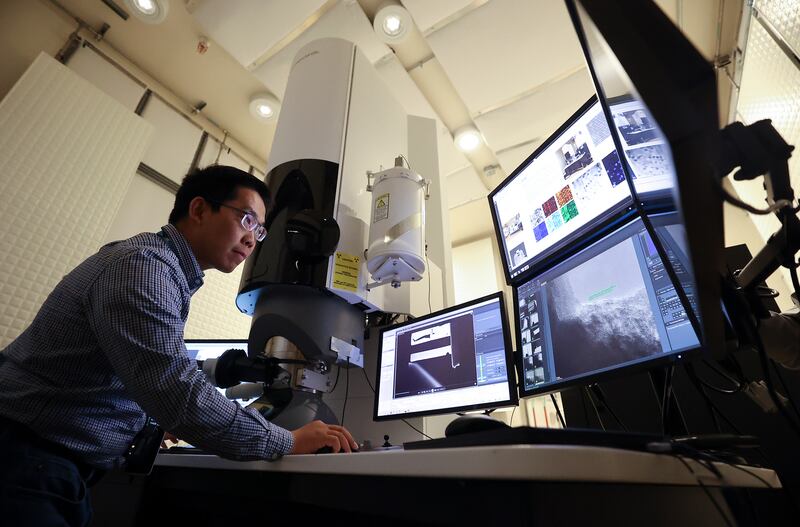
Questions about advanced nuclear energy
Edwin Lyman, director of nuclear power safety with the Union of Concerned Scientists, said the organization takes a neutral position on nuclear energy but there is a slew of doubts about these small nuclear reactors being pursued by the United States and elsewhere.
He cited costs, safety concerns, the technology itself and fears that industry and the federal government will cut corners on their projects. And he added there’s been a lot of distorted hype.
“I think there’s really less happening than meets the eye. Right now, there’s a lot of talk, a lot of hope, but the bottom line is nuclear power is still extremely expensive, even with the subsidies.”
He added it is impractical to believe a nuclear reactor can easily slide in to take the place of a shuttered coal-fired power plant.
“The problem is that the industry and the Department of Energy are really promoting a lot of misleading ideas about how safe this technology is. I think there is going to be a rude awakening when there’s finally a real accounting for the risks they could pose.”
He said a two-mile emergency zone or buffer presumed in the INL’s coal report is insufficient, as opposed to the current 10-mile emergency zone requirement for the current fleet of nuclear power plants.
“I would hate to see them relax any of those standards to site a nuclear plant at coal plants,” he said. “... Don’t bend the rules, don’t cut corners and don’t make unjustified assumptions about how safe this experimental technology is going to be.”
Correction: In an earlier version of this story, the location of the laboratory was misidentified in the photo captions.


